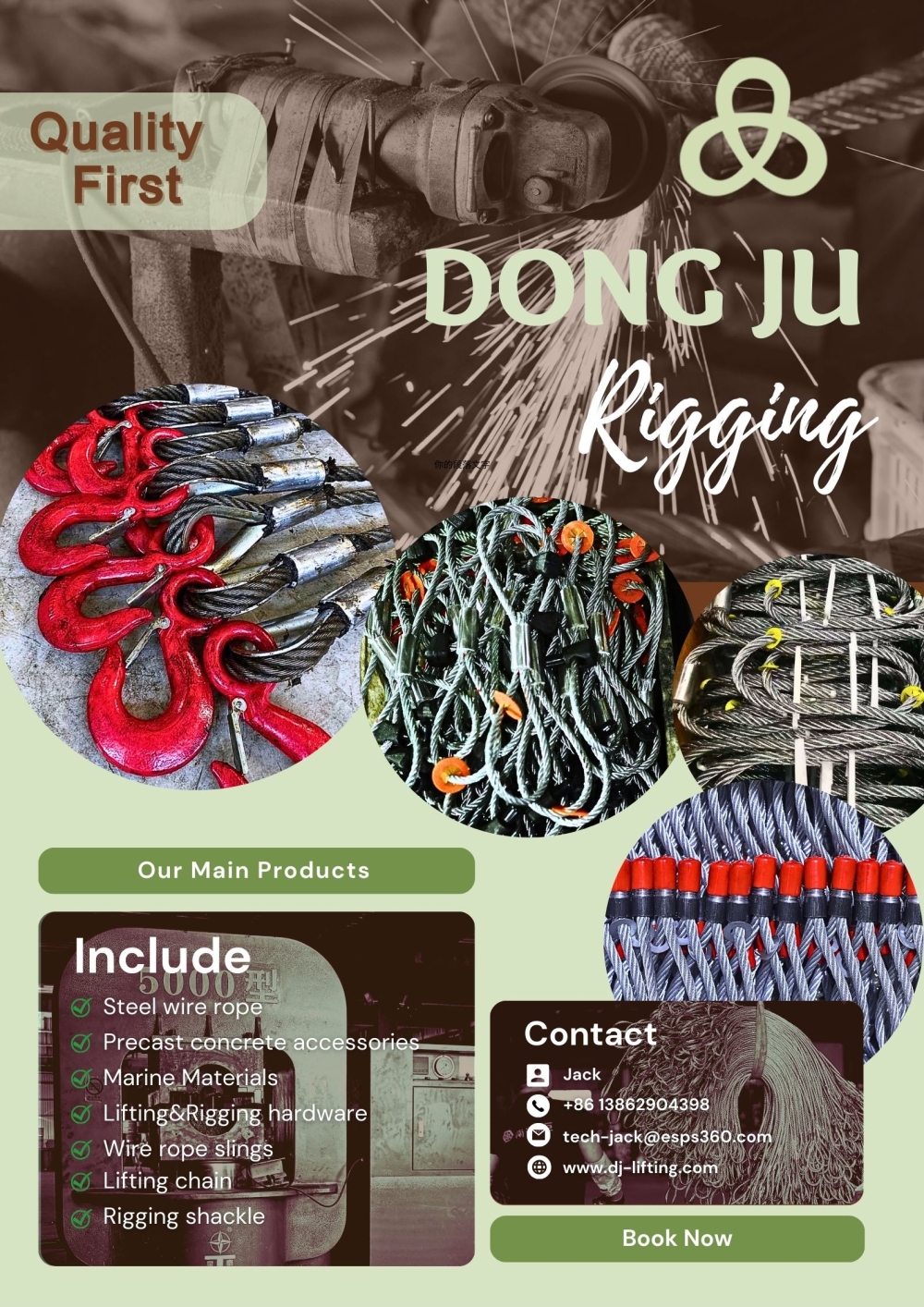One of the key components in lifting equipment is the steel wire rope, which determines the safety of lifting operations. A good quality steel wire rope ensures high safety, while a poor one compromises safety. Below is an explanation of steel wire ropes:
Steel wires are made of high-quality carbon steel and undergo multiple cold drawing and heat treatments to achieve high strength. In environments such as damp or outdoor settings, galvanized steel wire ropes are used to enhance rust resistance. Steel wire ropes are standard products in various industrialized nations, and their diameter, number of strands, number of wires per strand, tensile strength, and sufficient safety factor can be selected according to application requirements, with specifications available in relevant manuals. Apart from outer wire wear, steel wire ropes gradually break due to fatigue of crane components caused by repeated bending around pulleys and drums. Therefore, the ratio of pulley or drum diameter to steel wire rope diameter is a crucial factor determining the lifespan of the steel wire rope. A larger ratio results in lower bending stress on the wire, leading to a longer lifespan, albeit with larger mechanisms. The appropriate ratio must be determined based on the usage scenario. Steel wire ropes should be scrapped when the surface wear, corrosion level, or number of broken wires per twist exceed specified values. Steel wire ropes are mainly used in lifting, pulling, and other transportation scenarios that require high-strength wire ropes.








 QQ
QQ